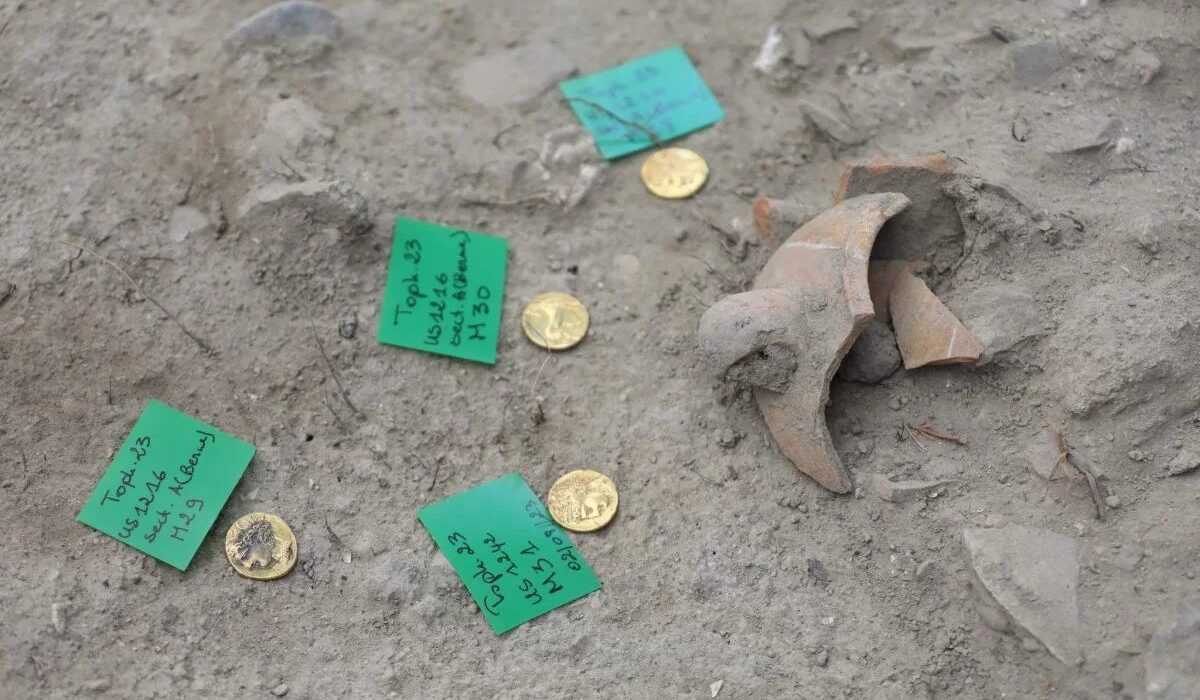Prehistoric Chill: Extreme Cooling Event 1.1 Million Years Ago Linked to Early Human Extinction in Europe
A groundbreaking study led by the University College London (UCL) has unveiled a remarkable connection between an extreme cooling period approximately 1.1 million years ago and the extinction of early human populations in Europe. By analyzing palaeoclimate evidence, the research highlights the devastating impact of unprecedented glacial conditions that pushed the climate beyond the tolerance limits of archaic humans, resulting in the emptying of the continent of its human inhabitants.
Climate Shifts and Early Human Arrival
The earliest traces of human presence in Europe stem from Iberia, providing evidence that early humans migrated from southwest Asia around 1.4 million years ago. During this period, the climate was generally warm and humid, interspersed with occasional mild cold spells. Prevailing assumptions suggested that early humans managed to adapt to fluctuating climatic conditions upon their arrival and progressively acclimated to more challenging environments around 900,000 years ago.
The Shocking Glacial Cooling Event
The study, led by senior author Professor Chronis Tzedakis from UCL Geography, upends these theories by revealing an extreme glacial cooling event around 1.1 million years ago. The researchers examined the chemical composition of marine microorganisms and studied pollen composition within a deep-sea sediment core near the shores of Portugal. This analysis uncovered abrupt climate changes culminating in a drastic glacial cooling, with ocean surface temperatures near Lisbon plummeting below 6°C, and semi-deserts expanding on adjacent land.
Dr. Vasiliki Margari, lead author from UCL Geography, remarked, “To our surprise, we found that this cooling at 1.1 million years ago was comparable to some of the most severe events of recent ice ages.”
Implications for Early Human Survival
Co-author Professor Nick Ashton from the British Museum emphasized that such a substantial cooling event would have placed considerable stress on small hunter-gatherer bands. Early humans lacked adaptations like adequate fat insulation, effective clothing, fire-making skills, and shelters, making them vulnerable to the harsh environmental changes.
Unraveling the Mystery Through Simulations
To understand the impact of the climate on ancient human communities, Professor Axel Timmermann and his team from the IBS Centre for Climate Physics at Pusan National University conducted a climate simulation using their supercomputer named Aleph. The simulation aimed to recreate the challenging environmental conditions of that era. Integrating these simulation results with fossil records and archaeological findings, the researchers constructed a model predicting the environmental suitability for early human habitation.
Europe’s Ancient History Rewritten
The combined insights from palaeoclimate data and the human habitat model suggest a depopulation of Iberia and southern Europe during the Early Pleistocene due to the extreme cooling event. The apparent absence of stone tools and human remains over the following 200,000 years hints at a possible prolonged hiatus in European occupation.
Co-author Professor Chris Stringer of the Natural History Museum in London suggested that Europe may have been recolonized around 900,000 years ago by more resilient humans with evolutionary or behavioral changes that enabled survival in intensifying glacial conditions.
Conclusion
The UCL-led study serves as a window into the dramatic impact of climatic fluctuations on early human populations in Europe. The connection between the extreme cooling event 1.1 million years ago and the extinction of archaic humans highlights the vulnerability of our species to rapid environmental changes. This research underscores the intricate interplay between climate, adaptation, and survival in shaping the history of human evolution.




